It’s a wild world out there, and sometimes it feels like your parents were doing their best just to keep you fed and clothed. But as it turns out, the animal kingdom is full of creatures that could teach us a thing or two about nurture, patience, and the art of raising the next generation. These aren’t your average garden-variety parenting tips; these are the lessons of nature’s most dedicated parents. Ready to feel a little envious—and maybe inspired? Let’s dive into the animal kingdom’s parenting masterclass.
1. Emperor Penguins’ Devotion
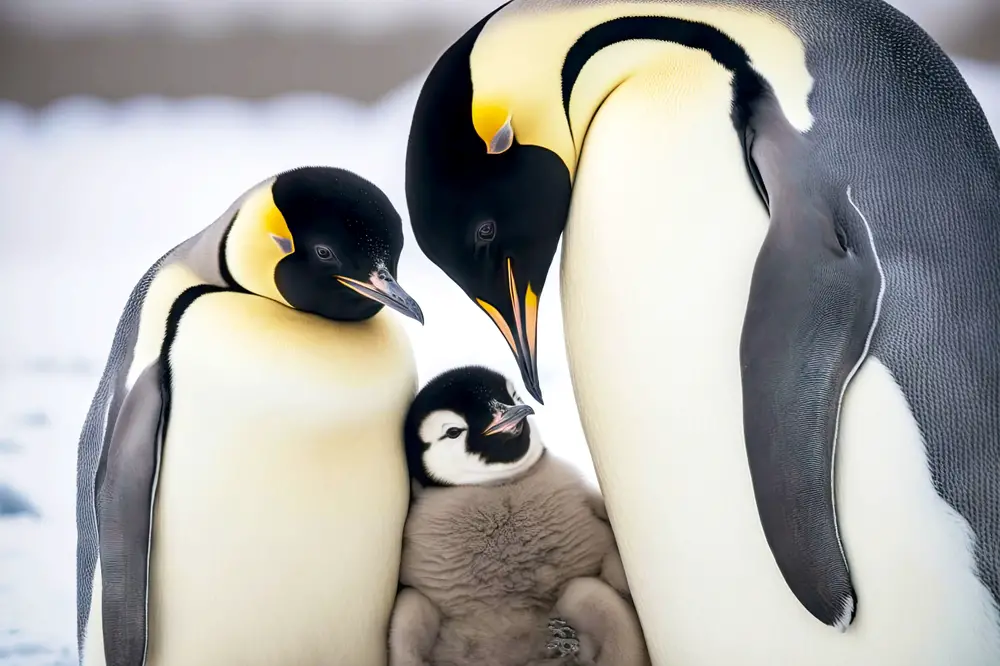
The life of an emperor penguin parent is no less than an epic saga of endurance and devotion. During the harsh Antarctic winter, male emperor penguins take on the crucial role of incubating their eggs for about two months. According to a study published in the journal “Polar Biology,” these steadfast dads endure fasting and brutal winds to keep the eggs warm, balancing them on their feet and covering them with a flap of skin. It’s a commitment that leaves you wondering about the lengths we would go to in ensuring our own children’s safety and warmth.
It’s not just the physical endurance that sets emperor penguins apart; it’s the emotional fortitude. While the males safeguard the eggs, the females travel miles to the ocean to hunt for food. Upon their return, there’s an almost cinematic reunion as they find each other amidst thousands of other penguins. Their story isn’t just about survival; it’s a testament to trust, partnership, and extraordinary devotion. How different would our childhoods be if our parents’ sacrifices were as visible and unwavering?
2. Elephant Matriarchs’ Wisdom
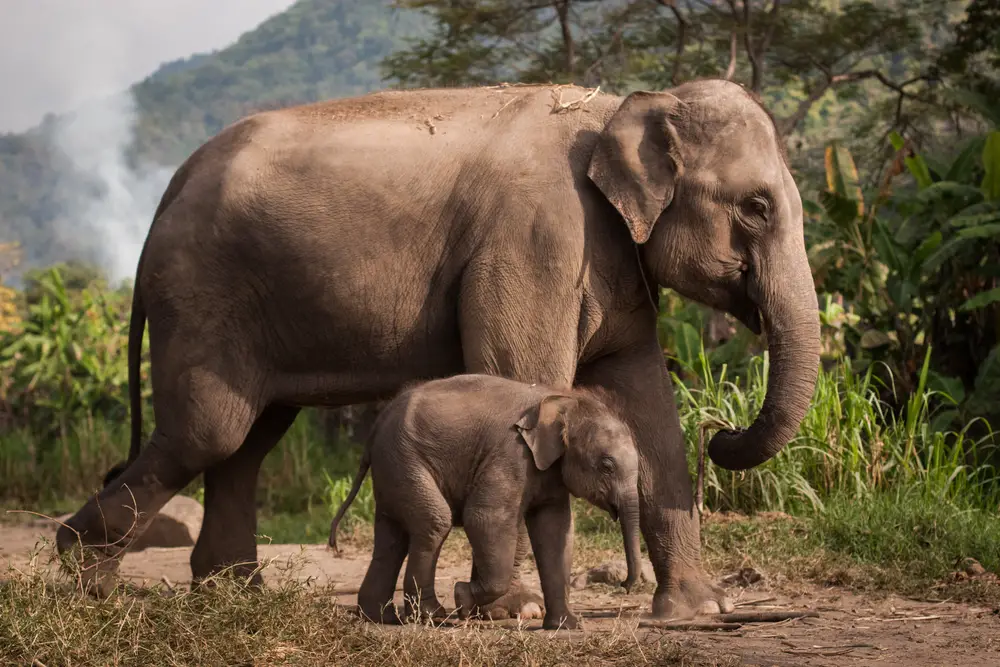
In the world of elephants, the matriarch is more than a leading figure; she’s the heart of the herd. Her wisdom, often gathered over decades, guides the herd through droughts, predators, and the complexities of social interaction. She knows when to move, when to rest, and where to find water, all while keeping the younger elephants in line and teaching them vital survival skills. Imagine your family dinners, but instead of passing mashed potatoes, you’re learning invaluable life lessons and how to navigate life’s biggest challenges.
Elephants are known for their empathy and memory, two ingredients that make for incredible parenting. When a new calf is born, the entire herd pitches in to help raise and protect it, showcasing a level of communal care that many human families strive for. There’s a lesson here about the power of community and the strength found in shared responsibilities. While your parents may not have had a herd to back them up, the importance of a supportive network is universal.
3. Sea Otters’ Tenderness

Sea otters know a thing or two about keeping their little ones afloat—literally. Female sea otters wrap their pups in kelp to keep them from drifting away while they hunt for food. Marine biologist Jessica Fujii from the Monterey Bay Aquarium notes that this simple yet effective method of pup parking is an example of the innovative solutions animals develop to ensure their young’s safety. It’s a gentle yet powerful reminder of the lengths good parents will go to protect their children.
The affection doesn’t stop there. Mother otters spend countless hours grooming their pups’ fur to ensure it’s clean and buoyant. This meticulous care doesn’t just keep the young otters safe and warm; it also strengthens the bond between mother and pup. While you might not have been wrapped in kelp, the small yet significant acts of care from a parent can feel like a lifeboat in a sea of uncertainty. It’s about making sure you’re safe, even when the world feels adrift.
4. Orangutans’ Dedicated Teaching
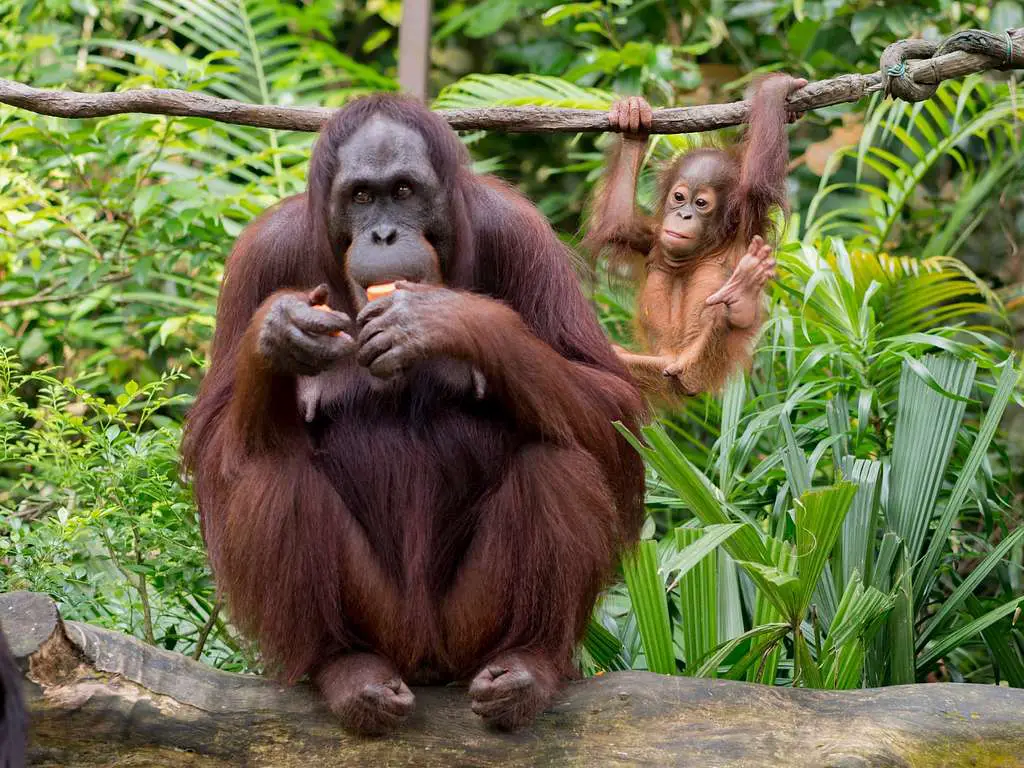
Orangutan mothers are the ultimate solo parents, dedicating up to eight years to raising their young without any assistance. During this time, they teach their offspring everything they need to know to survive—what to eat, where to find it, and how to make tools. This extended period of learning and imitation is crucial, as it fosters both independence and an appreciation for knowledge. Imagine learning life’s skills through a patient, one-on-one tutorial rather than trial and error.
Orangutan parenting isn’t just about survival; it’s about nurturing curiosity and resilience. The mothers are patient teachers, allowing their young to explore and discover while providing a safety net. It’s a balance of guidance and freedom that many parents strive for but don’t always achieve. This approach may make you rethink the idea that letting go is as important as holding on.
5. Alligators’ Fierce Protection
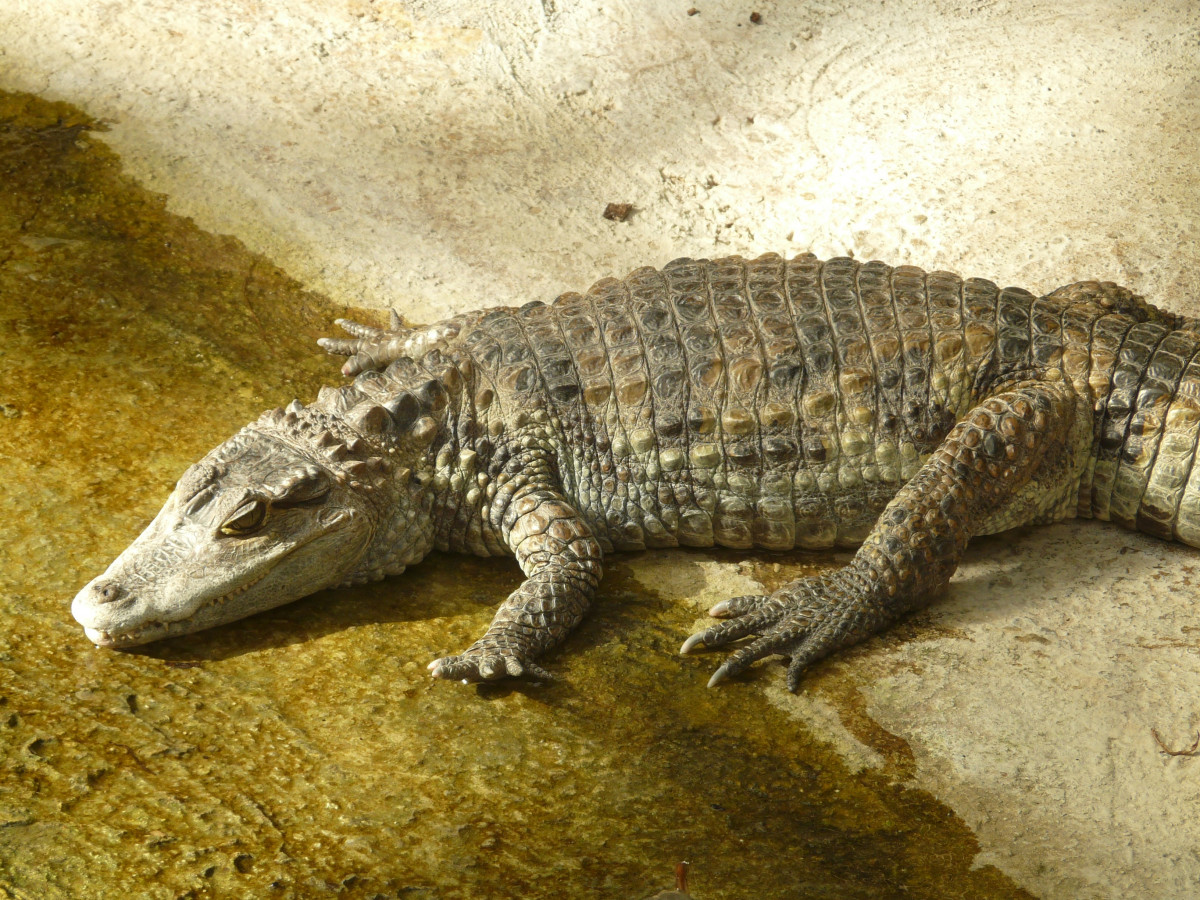
Alligator parenting might not come with warm hugs, but it does come with fierce protection. Female alligators are known for their vigilant guarding of nests and their young. According to research published in “Herpetological Conservation and Biology,” these prehistoric reptiles exhibit a level of maternal care that’s both surprising and admirable. They are prime examples of how powerful protection and presence can be.
The maternal instincts of alligators extend beyond nest protection. Once the babies hatch, the mother carries them to water in her jaws, demonstrating a gentle side that belies her fearsome reputation. She continues to watch over them for up to two years, ensuring they grow strong and capable. It’s a testament to the idea that true strength is often silent, watching, and ever-present, providing refuge in a world that can sometimes feel predatory.
6. Wolf Packs’ Cooperative Parenting

In the rugged wilds, wolf parents are models of cooperation and unity. The alpha pair leads the pack both in hunting and in raising the pups, teaching them the art of survival through demonstration and encouragement. The entire pack pitches in, with older siblings often acting as babysitters and protectors, creating a dynamic family structure that is both efficient and nurturing. It paints a picture of a family system where everyone has a role and each contribution is valued.
The success of wolf pups depends heavily on the strength of the pack, highlighting the importance of a supportive family environment. Cooperation is key, and each pack member’s contribution ensures the well-being of the young. It’s a reminder that true family strength comes from unity and shared purpose. While human families might not run in packs, the idea of pulling together for the common good is one that could transform any household.
7. Clownfish’s Gender-Bending Care
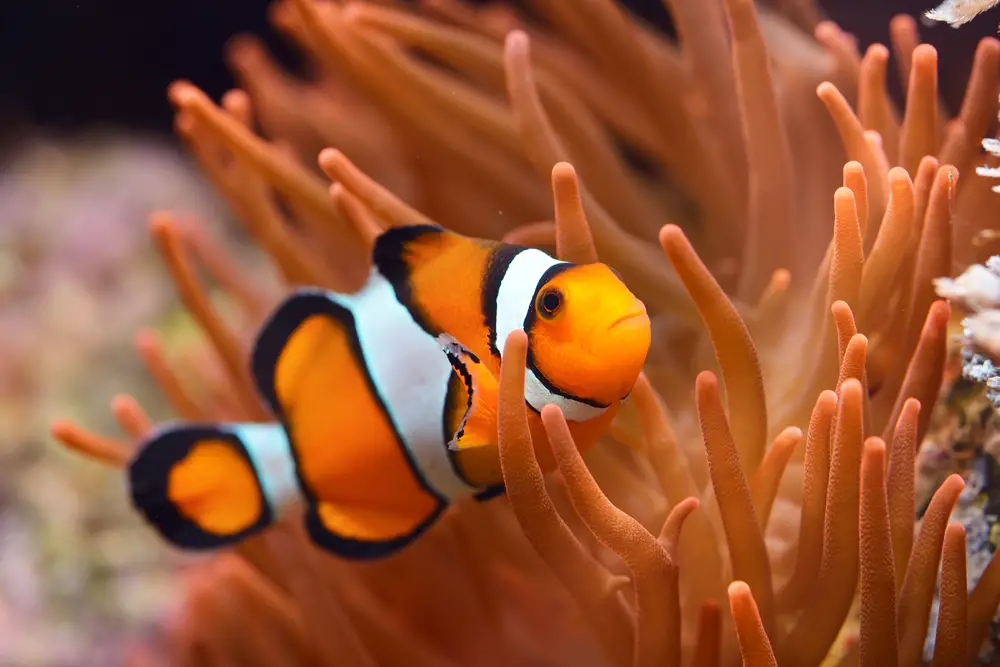
Clownfish are the ultimate example of adaptability and teamwork in parenting. These vibrant fish live in tightly-knit groups with a strict hierarchy, where the dominant pair takes on the breeding responsibilities. Biologist Johnathan Clavijo points out in his research that when the dominant female dies, the dominant male transforms into a female and continues the lineage, showcasing an extraordinary commitment to family continuity. It’s a concept that challenges traditional gender roles and highlights the flexibility required in parenting.
Clownfish don’t just rely on biology to ensure their young thrive; they actively guard the eggs, aerating them and keeping them free from debris. This level of care ensures a high rate of survival and reinforces the idea that good parenting often requires both vigilance and adaptability. It’s a colorful reminder that successful parenting is about evolving and stepping into roles you never imagined, all in the name of family.
8. Cichlids’ Communal Raising
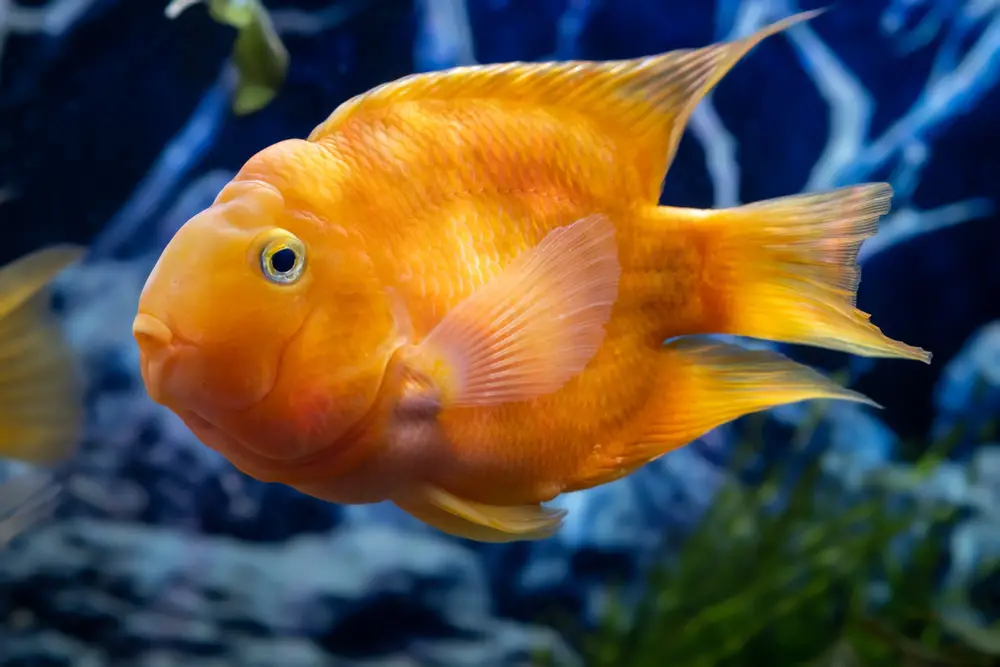
Cichlids are the epitome of community parenting, with multiple adults participating in the care and protection of the young. These fish often share the responsibilities of guarding the eggs and fry, creating a protective environment that maximizes survival chances. It’s a system that suggests that when it comes to raising the next generation, it truly takes a village. This approach echoes the human concept that shared responsibilities can lighten the load and enhance the nurturing process.
The communal approach of cichlids ensures a diverse pool of skills and strategies, benefitting the young in ways that solitary parenting cannot. This cooperative model allows the young to learn from a variety of adults, strengthening their adaptability and resilience. It’s a reminder of the power of community in child-rearing and how sharing the load can lead to richer, more balanced development. While human families may not swim in schools, the principle of communal care is one to aspire to.
9. Octopus Mothers’ Ultimate Sacrifice
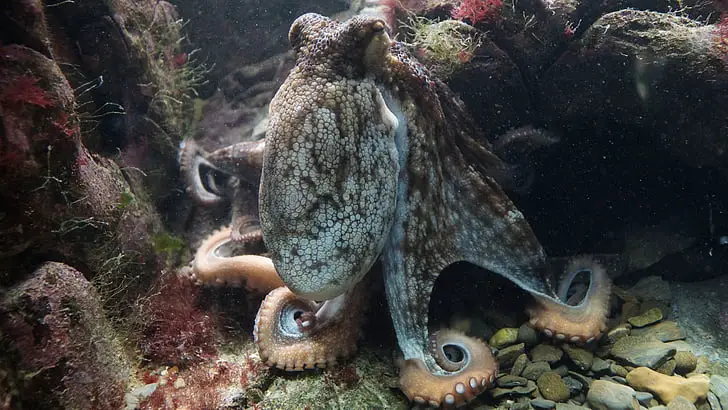
Octopus mothers redefine the term “sacrifice” when it comes to parenting. After laying her eggs, a female octopus dedicates herself entirely to their protection, often at the expense of her own life. This act of maternal dedication is a poignant reminder that parenting sometimes involves profound selflessness. The octopus’s final act is a testament to the lengths one will go to ensure their offspring have a chance at life.
This ultimate sacrifice is not just physical; it’s also a lesson in prioritizing the next generation. The time and energy the octopus invests in guarding her eggs highlight the fierce devotion that can accompany parenthood. While few human parents face such extreme choices, the underlying message of selfless love and protection resonates universally. It’s about placing the needs of your children above your own, even if it means letting go.
10. Pigeon Parents’ Progressive Parenting
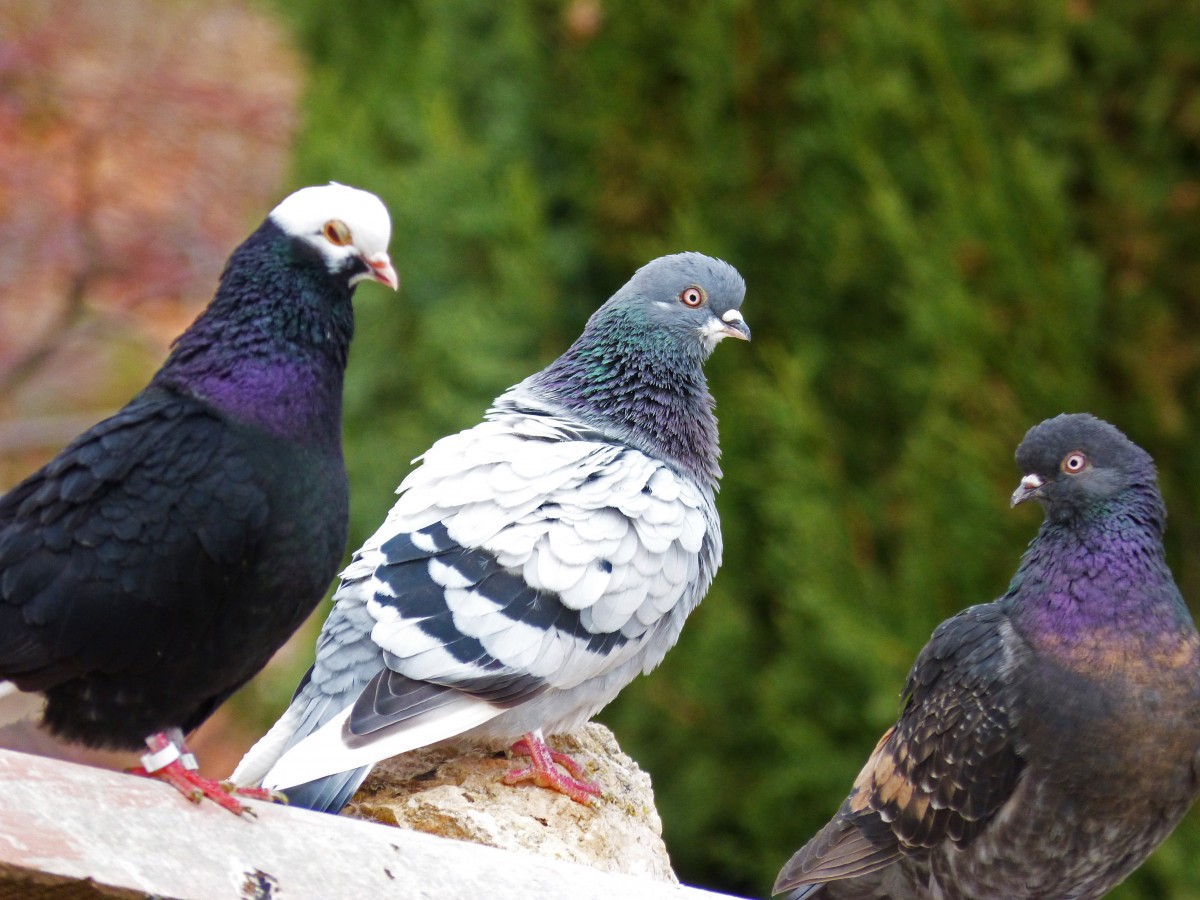
When it comes to parenting, pigeons are surprisingly progressive. Both male and female pigeons share in the incubation of eggs and feeding of the young, making them exemplary models of equality and partnership. Each parent takes turns keeping the eggs warm and tending to the chicks, demonstrating that parenting duties are most effective when shared. Imagine if human families adopted a similar approach to splitting responsibilities—how much more balanced would life feel?
The pigeon’s commitment to co-parenting extends beyond simple task-sharing. It’s about synchronizing efforts and understanding that collaboration leads to the best outcomes for the young. This approach to parenting ensures that both parents are equally involved in nurturing and protecting their offspring. It’s a reminder that when it comes to raising children, equality and teamwork can create a harmonious and thriving family environment.
11. Kangaroos’ Nurturing Pouches

Kangaroo mothers take nurturing to a new level with their built-in baby carriers. A kangaroo joey spends months developing in its mother’s pouch, safe and secure while it grows strong enough to face the world. This intimate closeness is more than just a means of transportation; it’s a nurturing environment where the bond between mother and joey is strengthened. It’s a concept that resonates with any parent who’s ever cradled a child close for comfort and safety.
The pouch provides a perfect blend of protection, warmth, and accessibility, allowing the joey to explore its surroundings gradually. This balance of security and freedom mirrors the ideal environment many parents strive to create. It’s about holding your child close enough to protect them while giving them the space to grow. While humans don’t have pouches, the metaphor of providing both refuge and room to explore is universally applicable.
12. Flamingos’ Synchronization
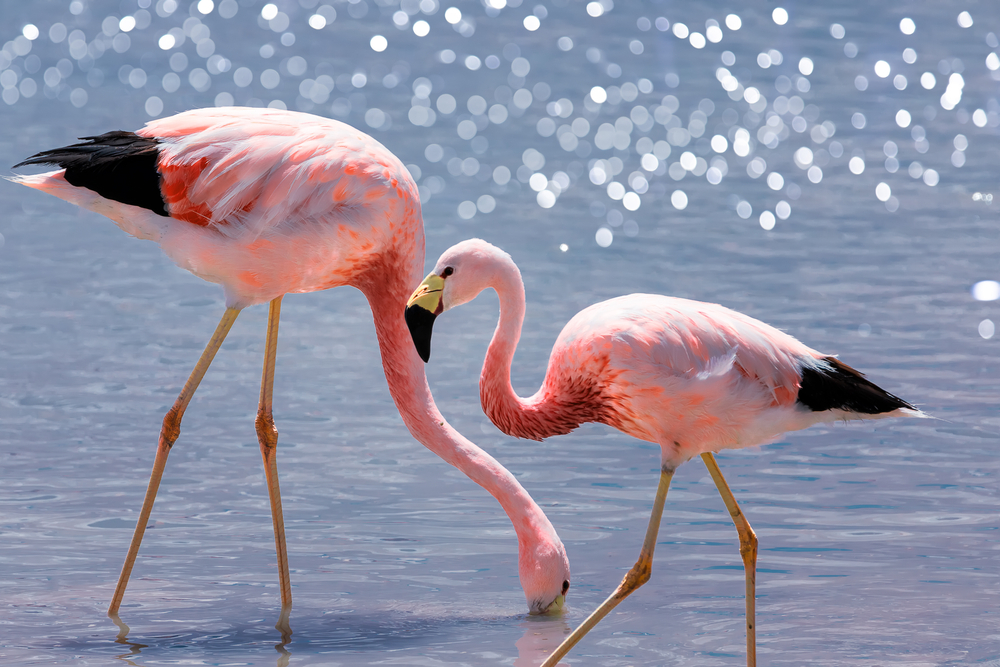
In the vibrant world of flamingos, parenting is a synchronized ballet of color and coordination. Flamingo parents take turns feeding their chick with a nutritious milk-like substance, ensuring their offspring receive the best start in life. This coordinated care involves both parents and often extends to the broader colony, illustrating the power of teamwork. It’s a reminder that when parenting duties are shared, the load is lighter and the results are often more rewarding.
Flamingos aren’t just about the visual spectacle; their approach to parenting shows a dedication to structure and support. The flock’s involvement ensures that each chick is watched over and nurtured, creating a community of care that benefits all. It’s a lesson in the beauty of collaboration and the strength found in numbers. While your parents might not have had a colony at their disposal, the principle of shared parenting is one that can enhance any family dynamic.
13. Bees’ Collective Responsibility

In the world of bees, raising the young is a collective effort that rivals any human community’s attempt at cooperative parenting. Worker bees take on the roles of feeding, cleaning, and protecting the developing brood, ensuring the hive’s future is secure. This division of labor allows for efficiency and harmony, demonstrating the power of a well-organized community. It’s a lesson in the effectiveness of shared responsibility and the importance of each member’s contribution.
Bees are a testament to the idea that a community’s strength lies in its unity and cooperation. Each bee’s role is vital, and the hive thrives because of this interconnected support system. It’s a concept that challenges the notion of individualism and highlights the benefits of working together for the greater good. While human families might not buzz with such precision, the underlying message of collective care is one that could transform any household into a thriving community.
